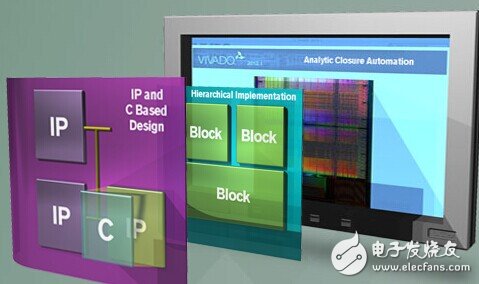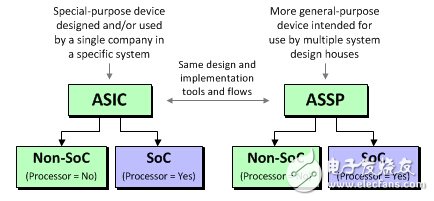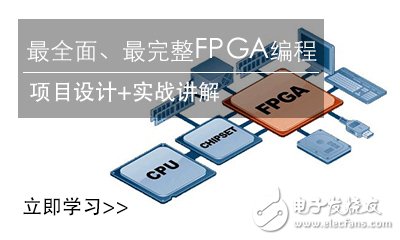There are several challenges here, at least the technology and terminology evolve over time. With this in mind, I have a highly simplified explanation of the origin of these terms and what they mean now.

ASIC - Application Specific IC
Let's start with an application specific integrated circuit (ASIC). As the name suggests, this is a device created for a specific purpose. When most people hear the word ASIC, their "subconscious" reaction is to assume that it is a digital device. In fact, whether it is analog, digital, or a mixture of the two, any custom chip is an ASIC. However, for the purposes of these discussions, we should assume that this is a fully or largely partially digital chip, and that any analog and mixed-signal functions are along the physical interface line (physical layer) or phase-locked loop (PLL).
ASICs are typically designed and used by a single company in a particular system. Developing ASICs is expensive, time consuming, and resource intensive, but ASICs do provide high performance with low power consumption.
ASSP - special standard products
The Design and Implementation of the Specialty Standard Products (ASSP) is identical to the ASIC. This is not surprising because they are essentially the same thing. The only difference is that ASSP is a more versatile device for multiple system design studios. For example, a separate USB interface chip can be classified as an ASSP.
SoC - system-on-chip
A system-on-chip (SoC) is a silicon chip that contains one or more processor cores - a microprocessor (MPU) and/or a microcontroller (MCU) and/or a digital signal processor (DSP) - on-chip memory, Hardware accelerator functions, peripheral functions, and (potentially) various other "things." The way to see if it belongs to the SOC is to look at whether an ASIC contains one or more processor cores, then it is an SoC. Similarly, if an ASSP contains one or more processor cores, it is also an SoC.

On this basis, we can think of ASIC (and ASSP) as an extension set term because it contains SoC, or we can think of SoC as an extension set term because it includes everything in ASIC (or ASSP), including one or more Processor cores. Do you feel very fun?
FPGA - Field Programmable Gate Array
ASICs, ASSPs, and SoCs have the advantages of high performance and low power consumption, but any algorithms they contain -- except those executed inside the software processor core -- are "frozen". So at this time we need a field programmable gate array (FPGA). The architecture of earlier FPGA devices was relatively simple—just a series of programmable modules that were programmable interconnected.
The best thing about FPGAs is that we can configure its programmable architecture to implement any combination of digital functions we need. In addition, we can implement algorithms in a massively parallel manner, which means we can perform big data processing very quickly and efficiently.
SoC-class FPGA
Over time, the capabilities (capacity and performance) of FPGA devices have increased dramatically. For example, modern FPGAs may contain thousands of adders, multipliers, and digital signal processing (DSP) functions; on-chip memory, a large number of high-speed serial interconnect (SERDES) transceiver blocks, and many other features.
The problem is that the name of the Field Programmable Gate Array (FPGA) is no longer sufficient to express the performance and functionality of today's programmable devices. We need to come up with new terms that can express everything that current state-of-the-art tools and technologies can do.
Of particular relevance to our discussion here, today's FPGAs can contain one or more soft/hard core processors. On this basis, should we classify this type of FPGA as SOC (system-on-chip)? I personally have to say that SoC doesn't work for me because I define the term "SOC" as a custom device created using ASIC technology.
Another method is to call these devices a programmable system-on-chip, or PSoC, but Cypress Semiconductor has applied for control of the PSoC name. Cypress's devices feature a hard-core microcontroller that adds some programmable analog and programmable digital architecture (this digital architecture is more prone to CPLDs than FPGAs).
Altera Corporation usually refers to this version of these devices as SoC FPGAs, which combine a hard MCU core with a programmable FPGA architecture, but they seem to have evolved to refer only to them as SoCs. At the same time, Xilinx calls these devices "all programmable system-on-chip".
Personally, I can't decide what name is best. If Cypress doesn't take control of this title, I think I would rather call it PSoC. But because they have taken control of the word PSoC, we can't. PSoC doesn't work, I think I will choose SoC FPGA. Unless you have a better proposal.
(Author: Max Maxfield)
——This article was translated by Iris, the editor of the electronic enthusiast network. Please indicate the source.
Learn the most systematic and comprehensive FPGA programming technology, project combat, circuit design , click here to understand->>

Outdoor Led Display Wall And Led Display Screens
Due to DIP technology that is used the outdoor video walls are sturdy, durable & very bright. Unlike other LED video walls, Priva outdoor Led Display are
viewable in direct sunlight. The picture quality is not compromised in
our solution, hence the display is crystal clear despite it`s a day time
or night time.
Priva Outdoor Led screen wall for outdoor applications is a module based on LED wall solution. The technology used for advertising LED display is DIP. Customized cabinet type and size is optional.
We strive to create products which are environmentally balanced, outdoor Led screen are also low power consumption or engergy saving.
Our outdoor LED display are compatible with various input formats, such as DVD players, cable TV, internet & intranet etc.
These are highly customized LED display video walls, every LED display screen is customized regards to pixel pitches, resolution, sizes, shapes etc.Our LED display walls enjoys long life, they are weatherproof units & can tolerate dust, humidity or rain.

Outdoor Led Display
Outdoor Led Display, Outdoor Led screen, Advertising Led Display, ,Energy Saving Led Display, LED display board, LED video wall
Shenzhen Priva Tech Co., Ltd. , https://www.privaled.com